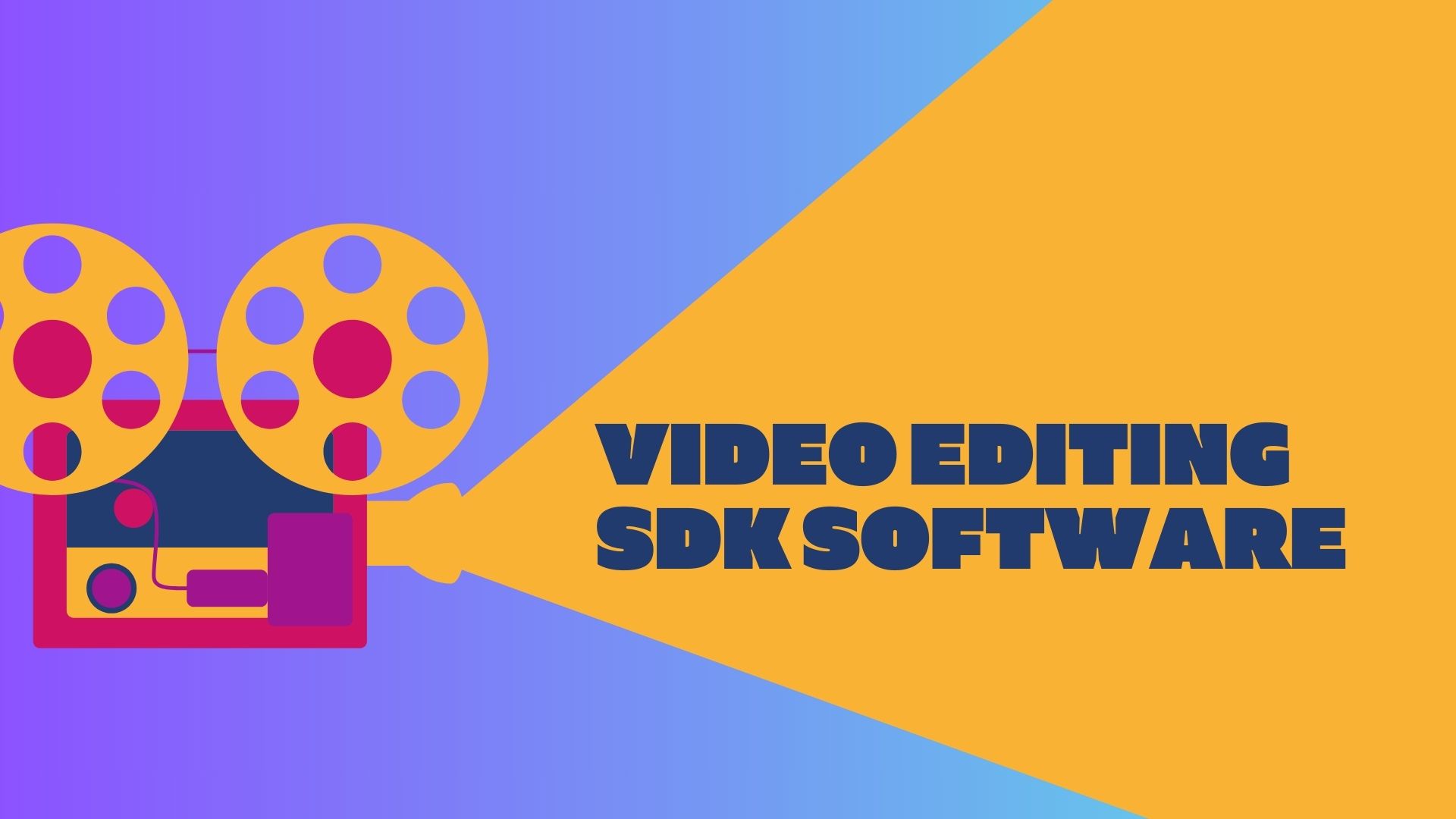SugarCRM Credits Open Source for Growth, Intros Software Updates
SugarCRM's open source roots are showing at its SugarCon conference, taking place this week in San Francisco. The agenda was created based on attendee suggestions and online voting, and the event will wrap in “unconference” style with a session around a whiteboard in which attendees will be invited to contribute ideas for next year's event.
An open source ethos permeates the company, with Chief Marketing Officer Nick Halsey crediting open source, in part, for helping SugarCRM attain 10 quarters of strong growth. In the first quarter of 2012, billings grew 118 percent over 2011's first quarter.
“Our growth has accelerated as we’ve gotten larger,” Halsey said. “We became cash flow positive in the fourth quarter of 2010, so we've achieved growth without burning through a lot of venture money.” The company's venture partners, including New Enterprise Associates (NEA), invested an additional $33 million in SugarCRM earlier this month.
Some 15 percent of SugarCRM's core code is open source and thousands of developers participate in its community, providing Q&A, testing and support. “Many user questions are answered on our forums before our support team even sees them,” Halsey said. Community members have helped translate documentation into 80 languages so it was only “an incremental effort” for Sugar to begin providing support in 26 of those languages.
Some 80,000 organizations around the world use Sugar's free Community Edition, with some of them upgrading to the Enterprise Edition, and SugarCRM is sold through a network of 375-plus resellers, so the company enjoys lower sales and marketing costs than its competitors. It's a “very efficient model from R&D all the way through distribution,” Halsey said.
Going Global
The open source model is also helping Sugar accelerate its expansion into new markets, Halsey said. While traditional software companies traditionally must target new countries one at a time, translating product materials and setting up sales and support organizations for each country, Sugar's reseller partners drive more rapid expansion. Thanks to its partners, Sugar is beginning to take off in India, a market executives hadn't really considered yet, he noted.
“It’s a pull model,” he said. “The community grows organically through the frictionless distribution of open source technology, and the business follows where demand is demonstrated.”
In the first quarter SugarCRM saw year-over-year billings growth of 110 percent in Latin America, 76 percent in Asia, 36 percent in Australia/New Zealand, 23 percent in EMEA (Europe Middle East and Africa) and 169 percent in North America.
Sugar believes the global CRM market is “much, much bigger than the traditional metrics indicate,” Halsey said. According to him, just 15 million people use CRM software yet more than 350 million people have business email addresses and are regularly in touch with customers. Sugar hopes to entice some of those folks to use its software with a new user-friendly interface it is debuting with the release of Sugar 6.5 at SugarCon.
All About the User
Halsey said many CRM implementations fail because software is designed with management requirements rather than user needs in mind. Sugar aims to map software to the behavior of people rather than asking people to map their behavior to the software,” he said, by offering features such as better search capabilities.
The company incorporated the open source Lucene search engine into its product, which offers users a Google-like search experience so they don't have to employ the more typical wizards or database queries to find information. The engine retrieves data from structured relational databases as well as unstructured data such as information found in social records, Halsey said.
“You start typing in a search box and a list of answers starts immediately propagating in a dropdown menu. The options might be from database or from a note a support rep typed in last week or a social activity streams. You get everything from one UI, so it's not about learning which menus take you to which part of the product,” Halsey said.
Because Sugar 6.5 uses an open search framework, clients can choose to use other popular enterprise search software such as Autonomy or FAST, Halsey added.
Other enhancements include:
- A revamped calendar feature that uses a modern drag-and-drop UI, while supporting recurring meetings. Halsey said the “more powerful” SugarCRM calendar is integrated with the iCal standard as well as other popular calendars such as Microsoft Outlook and Lotus Notes.
- Architectural and performance improvements, including an abstracted database layer that enables simplified and better-performing database access. SugarCRM now supports more databases, including IBM's DB2, Halsey said.
- Tighter integration with leading applications, including an import feature for LinkedIn contacts.
- Greater social business and smarter commerce capabilities through integration with IBM Connections, IBM Unica, IBM WebSphere Commerce and IBM Sterling Commerce.
Again addressing SugarCRM's open source roots, Halsey said Sugar 6.5 is not just an out-of-the-box application but a CRM platform that allows clients to adapt the system to meet the specific need of their business processes. An abstracted programming layer called SugarLogic allows clients to build process-driven workflows within the application. So, for example, the app can show users different screens or menu choice based on information they've entered on a previous screen.
There are “a million different use cases” for this kind of functionality, Halsey said, offering the example of insurers that must satisfy different regulatory requirements in different geographic regions. The software could automatically display only actions or data corresponding to the regulations of a given region.
SugarCRM software runs on the Sugar cloud, on-premise or on third-party public and private clouds such as Amazon's EC2, IBM's SmartCloud or Microsoft Windows Azure. Halsey said more than 80 SugarCRM partners offer managed hosted services with a private Sugar cloud. The company believes hybrid clouds will be the deployment choice of the future, he added.
“Many existing cloud apps were developed before infrastructure-as-a-service or platform-as-a-service,” he said. “They just run on a hosted data center, so customers do not get their choice of where to deploy. We think customers want more flexibility. They might start with a departmental app in the cloud to get it up and running quickly and then move to an on-premise model, for instance. Or they may want to move from a public cloud to a private cloud to gain source code access.”

Public relations, digital marketing, journalism, copywriting. I have done it all so I am able to communicate any information in a professional manner. Recent work includes creating compelling digital content, and applying SEO strategies to increase website performance. I am a skilled copy editor who can manage budgets and people.



